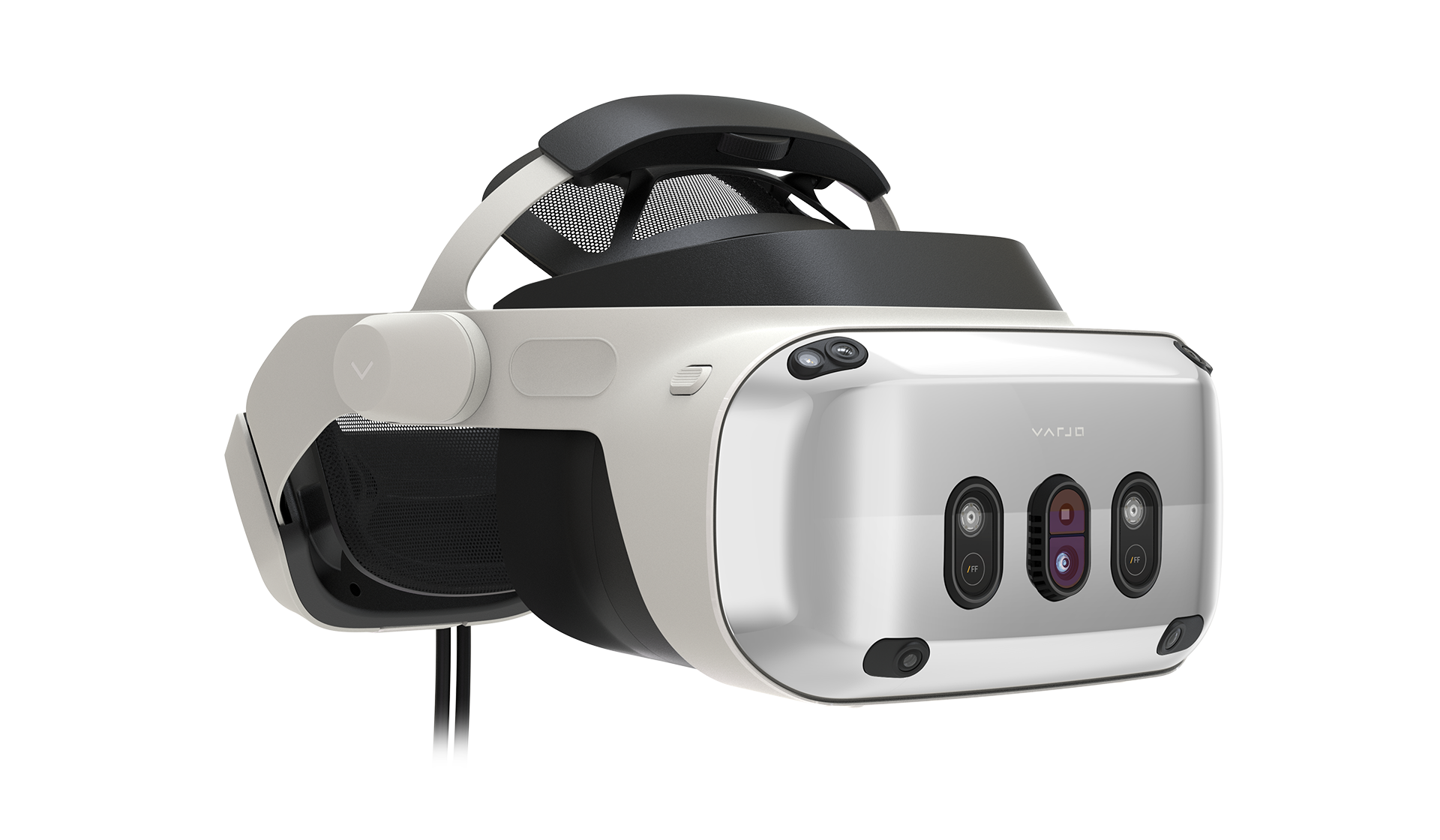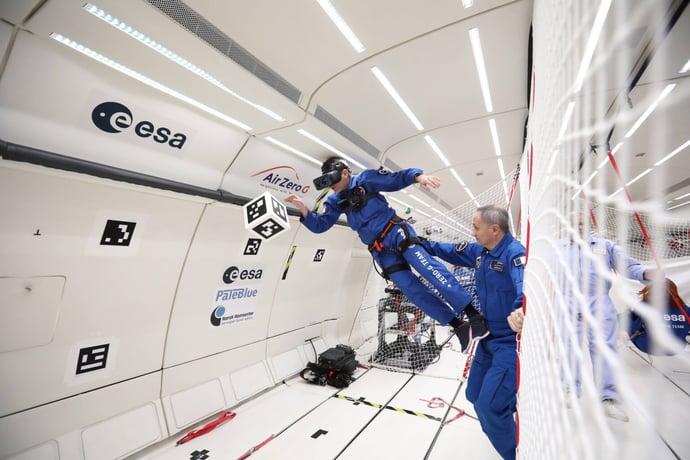“Our headset-based training solution represents a generational evolution in maritime training. I believe this will become the industry gold standard in the future,” says Jan Michelsen, Director of Department, Simulation, Ports & Training at FORCE Technology.
The first major benefit of this evolution has been the cost. Traditional full-scale maritime simulators typically cost around 1-10 million dollars, and the operational costs can add up when factoring in facility expenses, maintenance, and operating the system over time. If you compare this setup to a VR/XR headset-based solution that can be used with a single gaming PC, consumes much less power, and has a total system cost of some tens of thousands of dollars, its advantages for many use cases are clear. The cost reduction can be up to a thousandfold. This technology opens up new markets that were previously unattainable, allowing FORCE Technology to expand its business in exciting new ways.




.jpg?width=2643&height=2001&name=_W5A4437%20(1).jpg)


